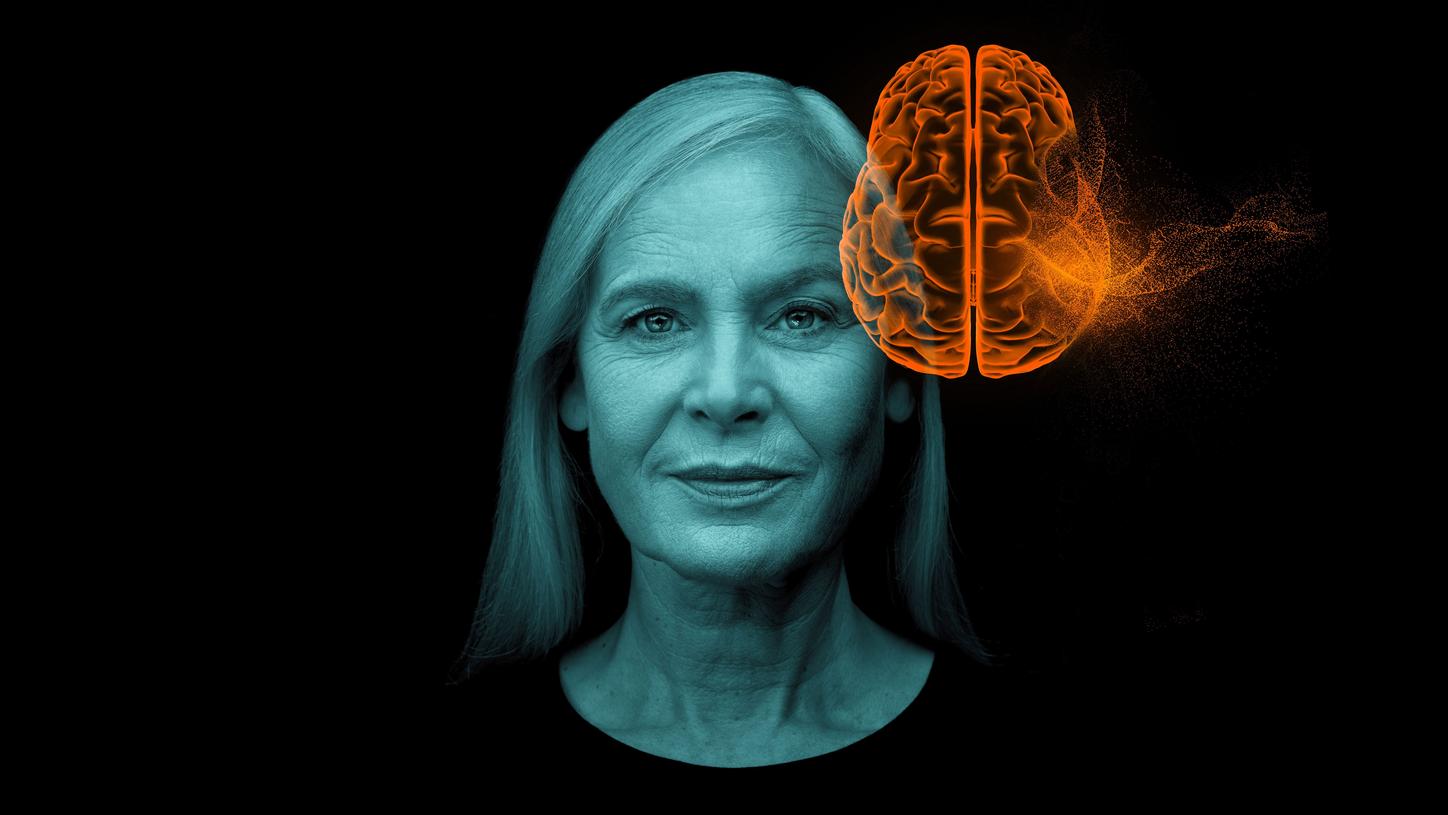
Magnetic Resonance Imaging for Alzheimer's disease managementEnabling differential diagnosis and treatment monitoring
Nearly 7 million Americans are living with Alzheimer's Disease (AD) today, and by 2050 this number is projected to rise to nearly 13 million.听In recent years, the burden of Alzheimer鈥檚 has increased more dramatically in the United States than the burden of other diseases.1 As such, significant efforts are being made by the pharmaceutical industry to develop therapeutics that slow progression, and improve cognitive and behavioral symptoms of AD.
In July 2023, the US Food and Drug Administration (FDA) for the first time gave traditional approval to a beta amyloid-directed antibody for the treatment of AD. Previously, about two years ago another beta amyloid-directed antibody had received accelerated approval by the FDA. With such Disease Modifying Therapies (DMTs) entering the clinic, the potential to improve patient care and possibly slow disease progression is big.




















